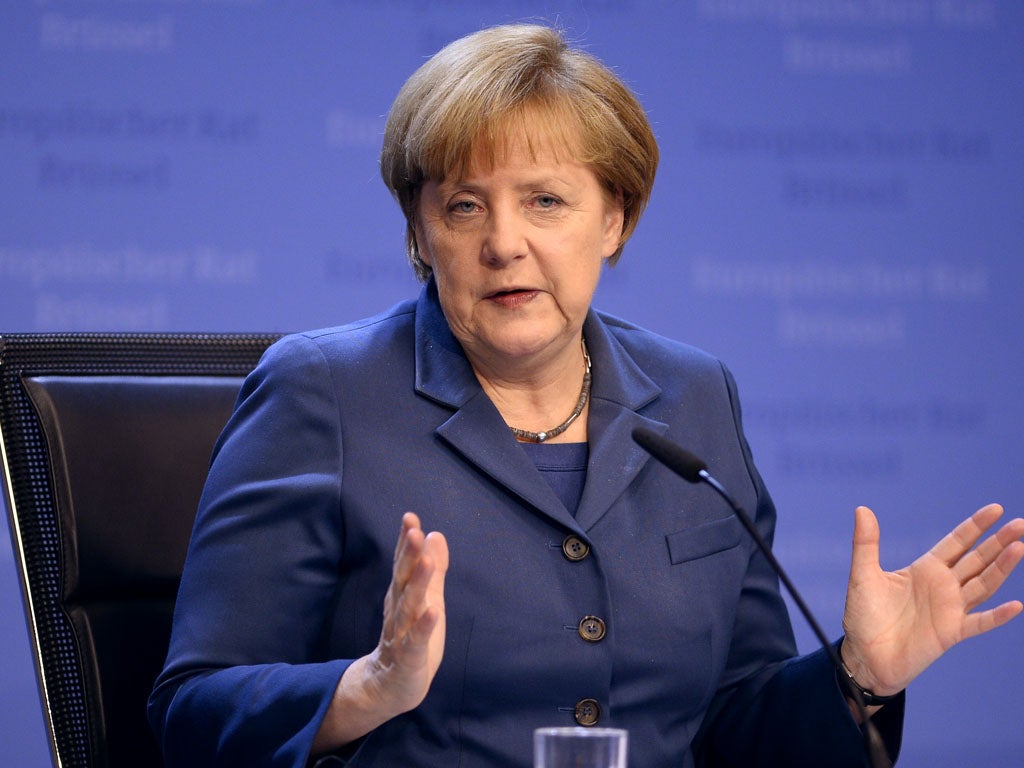Women in Politics Map 2014 shows gender equality in parliaments could be achieved in less than 20 years
But women still struggle to become prime minister or president

Women could achieve equal representation in parliaments across the world in less than 20 years, a new study has predicted.
The Women in Politics Maps 2014 released by the Inter-Parliamentary Union (IPU) and UN Women shows that women could achieve equality if the current rate of progress is maintained.
However, the prospect of reaching the target is hindered as women have hit a glass ceiling in becoming president or prime minister.
The map shows that the number of women parliamentarians across the world is at a record 21.8 per cent, following a 1.5 per cent increase over the last year.
The Americas, Europe and Africa are outperform the Arab, Asia and Pacific regions for women reaching executive governmental and executive parliamentary positions.
IPU Secretary-General Anders Johnsson said 10 years ago he was predicting that even his children would never see gender parity in parliaments because progress was so slow.
But if the 1.5 percent rate can be sustained “we would reach gender equality, gender parity, in parliaments globally less than 20 years from now,” he said.
At the beginning of 2014 year there were 36 countries with 30 per cent or more women ministers, a jump from 26 in 2012.
With 14 women in government posts, Nicaragua heads the global table of women in executive government, followed by Sweden, Finland, France, Cabo Verde and Norway.
The percentage of women MPs is also at a global record high of 21.8 per cent, with numbers growing every year.
However, in contrast to positive figures is the slight decline in women Heads of State or Heads of Government and women Speakers of Parliament.
Since 2012, the number of women Heads of State or Heads of Government has decreased slightly from 19 to 18.
Current female heads of state include, German Chancellor Angela Merkel, Prime Minister Erna Solberg of Norway, and President Ellen Johnson-Sirleaf of Libera.
UN Women Deputy Executive Director John Hendra, said: “Every election is a critical opportunity to make progress towards the increased participation of women as voters and as candidates.”
“This map shows the value of having data, of being able to measure and track women’s political participation over time. It’s a great tool for benchmarking progress and for ensuring accountability,” he said.
The findings come after International Women’s Day on 8 March, the annual UN-recognised day which aims to promote and celebrate gender equality across the world.
Subscribe to Independent Premium to bookmark this article
Want to bookmark your favourite articles and stories to read or reference later? Start your Independent Premium subscription today.

Join our commenting forum
Join thought-provoking conversations, follow other Independent readers and see their replies